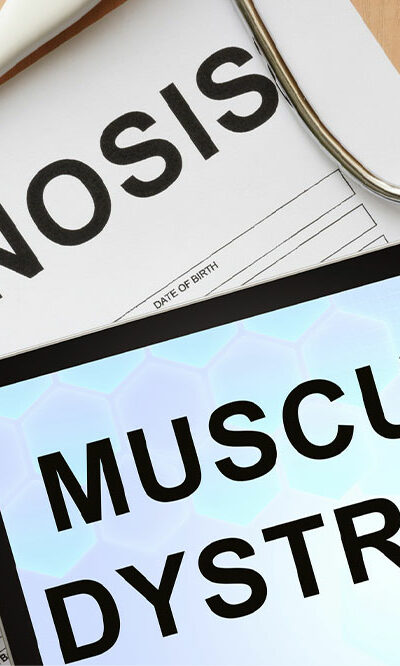
Symptoms of Thyroid Problems And Its Indications
The thyroid gland is located just below the Adam’s apple, on the front of your neck. This butterfly shaped gland produces thyroid hormones that regulates the body’s metabolism. Any disruption in the normal level of thyroid hormones in your body, can cause several symptoms associated with thyroid problems. Thyroid Hormone Production Hypothalamus is a section of the brain, that produces various vital hormones. The Hypothalamus secretes Thyrotropin Releasing Hormones (TRH), which travel to the pituitary gland. There, the TRH signals the pituitary gland to release Thyrotropin or TSH (Thyroid Stimulating Hormone). The TSH sails through the blood vessels to the thyroid gland, where it boosts the release and production of two thyroid hormones— L-Thyroxine (T4) and triiodothyronine (T3). The thyroid gland needs an adequate supply of iodine to produce these two hormones. When the body detects that there is a good supply of the thyroid hormones in the blood, the production of TRH and TSH are reduced. This in turn reduces the production of thyroid hormones. Symptoms of thyroid problems occur when the regulatory mechanism of the hormone system is disrupted. Hypothyroidism and Hyperthyroidism Hypothyroidism is the condition associated with the underproduction of thyroid hormones. The thyroid gland slows down and this causes the body metabolism to slow down too. Hyperthyroidism is the condition associated with the overproduction of thyroid hormones. This causes the metabolism to reach high levels.. Symptoms of Thyroid Problems Whatever kind of thyroid problem you have, there are various signs from which you can tell that your butterfly-shaped gland is not doing its job properly. Women are more prone to suffer from thyroid disorders than men. If you are a woman over the age of 35, you should regularly check for the signs of thyroid disorders. Here are some symptoms of thyroid problems: Exhaustion If you feel drained and tired even after a full night’s sleep, your body may not be producing enough thyroid hormones.










